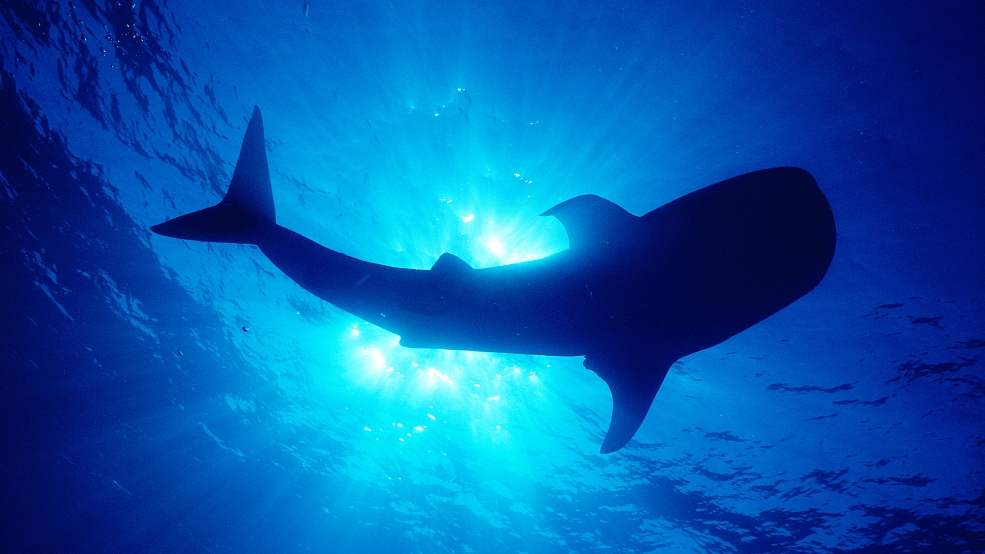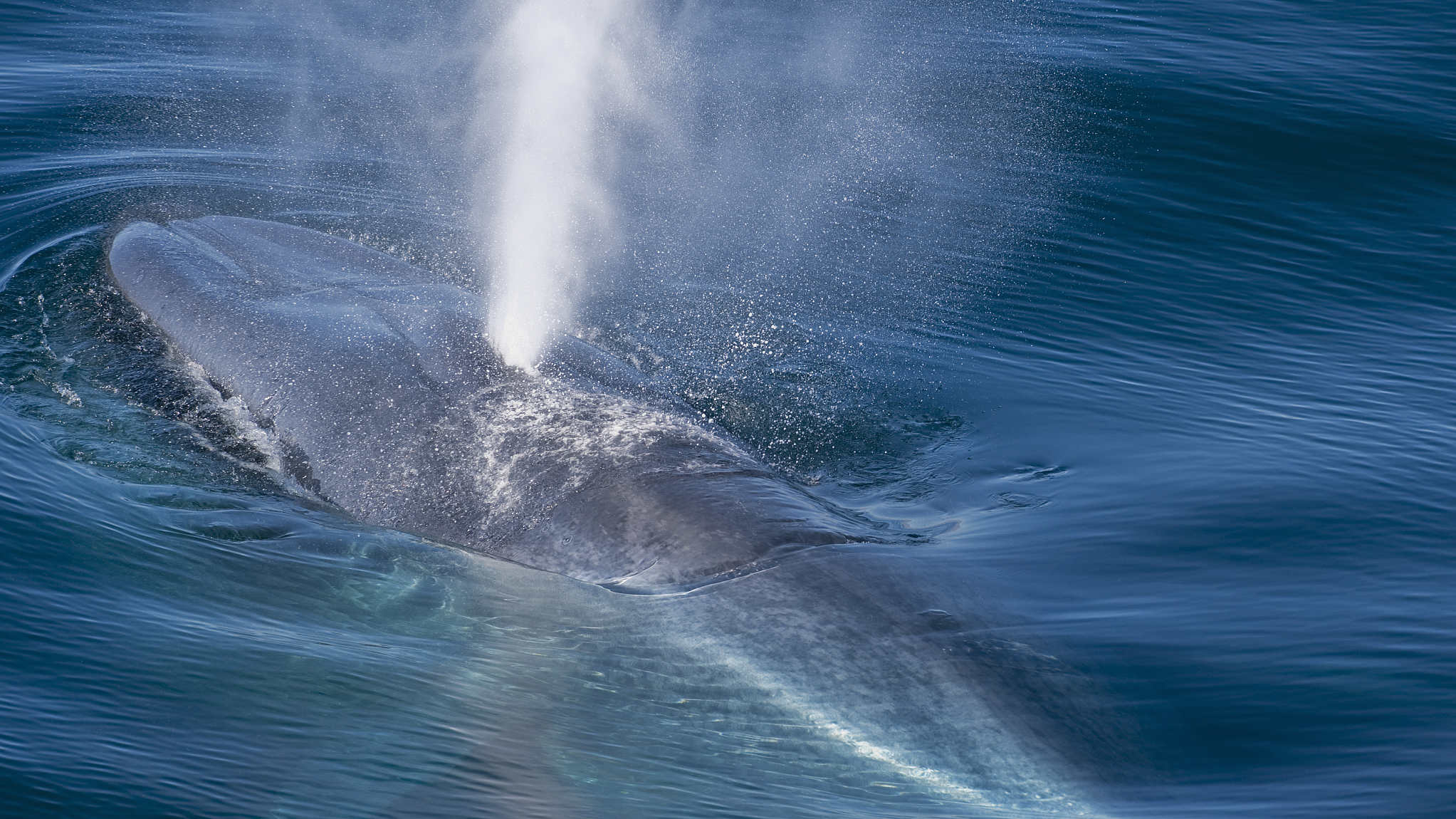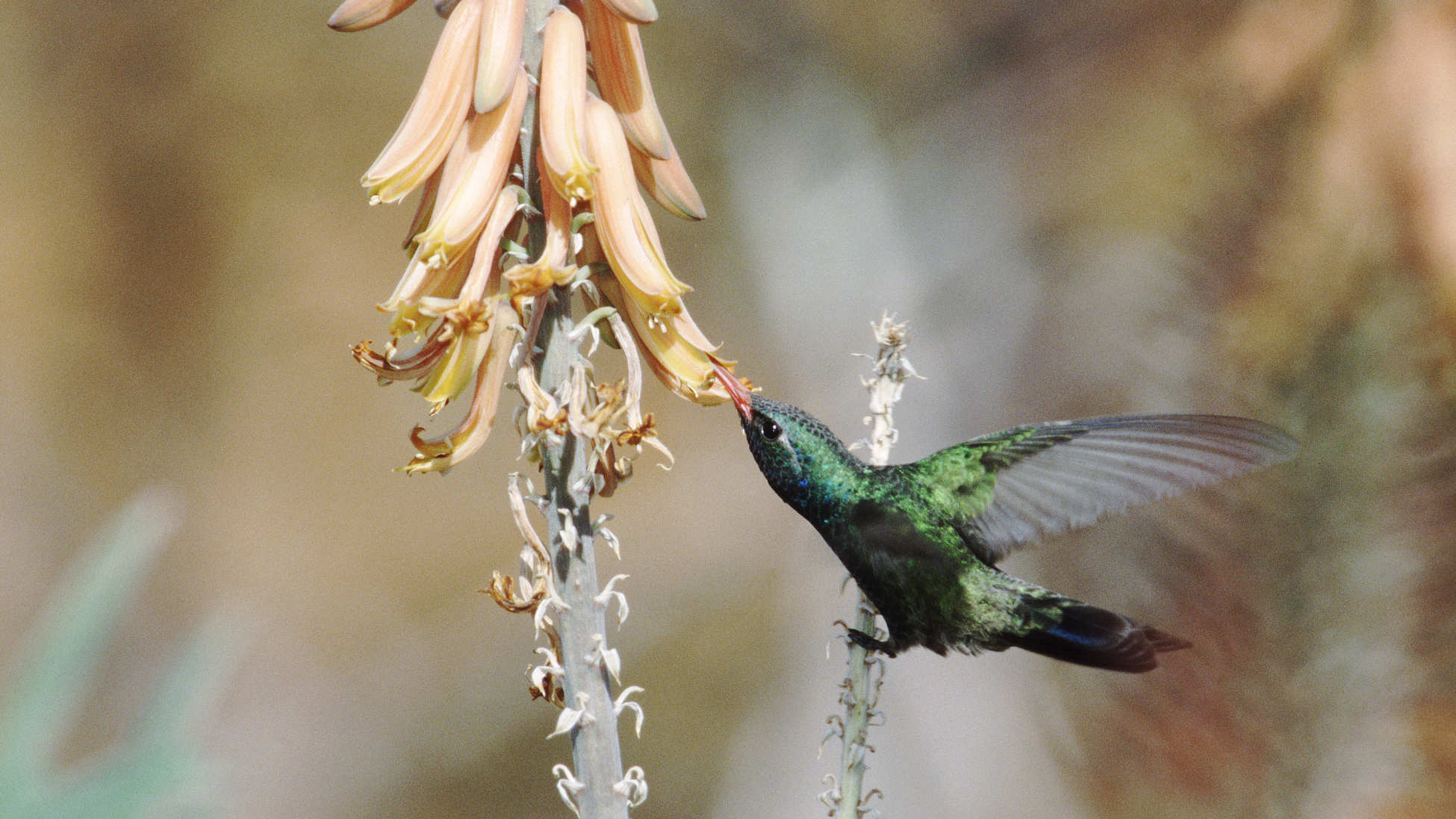
Animal
12:07, 10-Apr-2019
True or false: The bigger the animals, the bigger the appetite
CGTN

The blue whale, the biggest mammal on earth, with its tongue weighing as much as an elephant, only eats one-fiftieth of its weight; whereas smaller sized creatures such as the hummingbird can devour food twice their weight. If we compare consumption to body size, a lesson learned is never to judge one's appetite by its size.

A blue whale surfaces to breathe. /VCG Photo
A blue whale surfaces to breathe. /VCG Photo
By contrast, a pygmy shrew of Britain weighs less than an ounce, but can eat "one-and-a-quarter times its body weight." The blackpoll warbler has to double their weight by storing an amount of fat equal to their lean body weight. For these birds, overeating is the best way to help support them to get through the long migration, some lasting for 80 hours, nonstop.

A hummingbird feeding on nectar. /VCG Photo
A hummingbird feeding on nectar. /VCG Photo
Hummingbirds burn through energy extremely fast due to a fast metabolism. They need to eat about twice their weight in nectar every day to be energetic. A human would have to eat 300 hamburgers to match the equivalent of what hummingbirds consume to survive every day. And their heart beats 1200 times a minute during flight, so it takes lots of energy to keep them moving as fast as they do.

A tiger is seen captured a deer in India. /VCG Photo
A tiger is seen captured a deer in India. /VCG Photo
There are also other animals such as big cats who eat a lot for each meal while at low frequency. Tiger for instance, during the days when they don't kill, they don't eat. But once they do, they can gorge up to 40kg in a day while their average weight is about 100kg.
(Top image via VCG.)
(If you want to contribute and have specific expertise, please contact us at nature@cgtn.com.)

SITEMAP
Copyright © 2018 CGTN. Beijing ICP prepared NO.16065310-3
Copyright © 2018 CGTN. Beijing ICP prepared NO.16065310-3